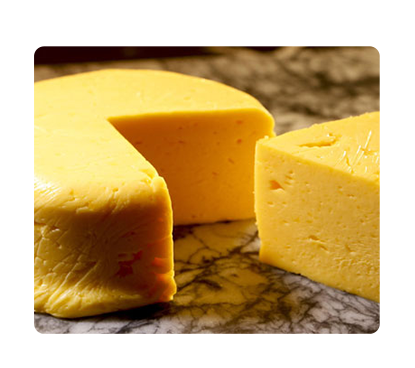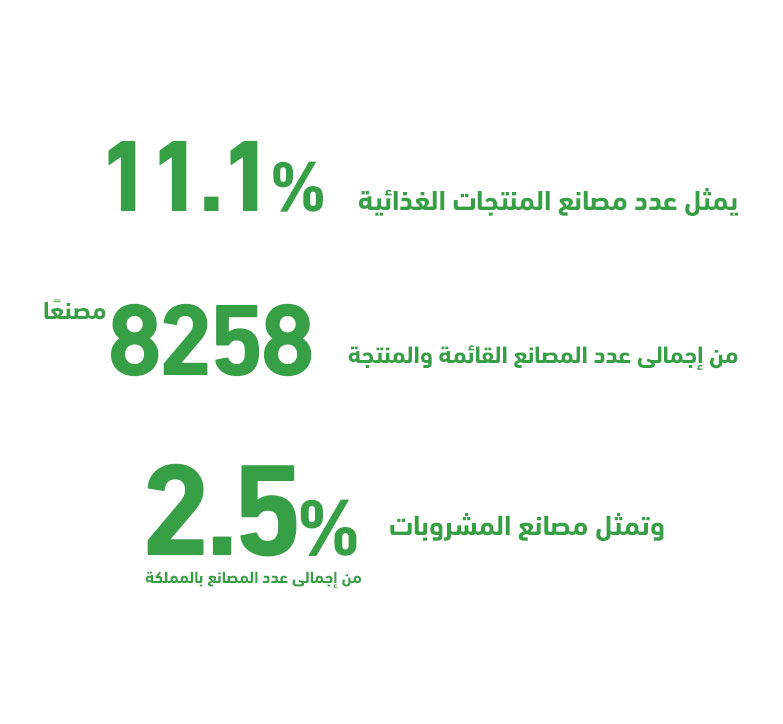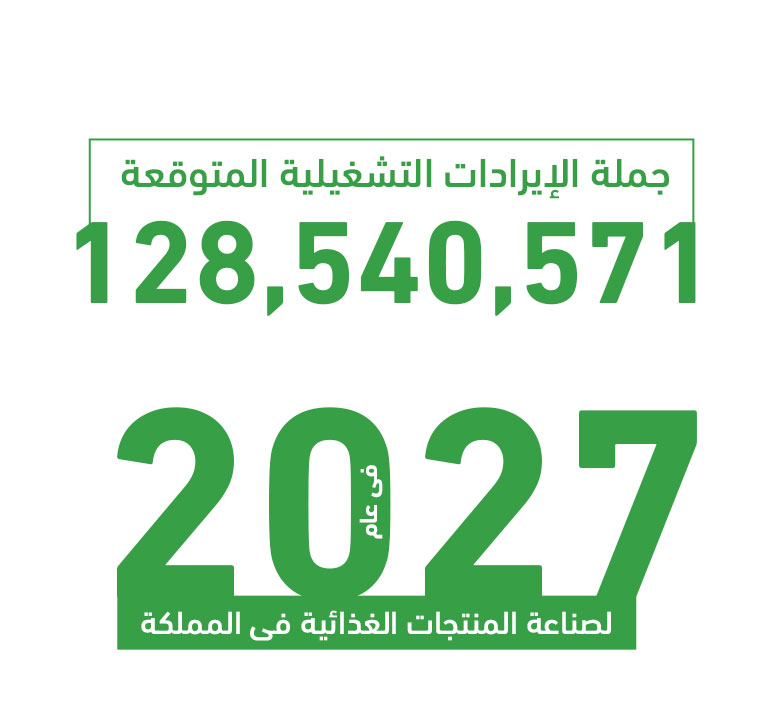It is a cheese factory where the factory manufactures different sizes of processed cheddar cheese blocks and also manufactures Akkawi cheese, which is a relatively hard cheese with a pale yellow color tending towards white (or orange-yellow if spices such as annatto are added to it, and the taste is sometimes sharp (acidic)

It is a cheese factory where the factory manufactures different sizes of processed cheddar cheese blocks and also manufactures Akkawi cheese, which is a relatively hard cheese with a pale yellow color tending to white (or orange yellow if spices such as annatto are added to it and the taste is sometimes sharp (acidic). Akkawi cheese is one of the types of salted white cheese, which is a type of soft cheese with a smooth surface and a taste that tends to be salty and is in the form of blocks or small square pieces. The project is characterized by using the finest types of raw materials used in cheese making and the success of cheese making requires the availability of the main raw material, which is milk, at a high degree of quality and purity in addition to the availability of technical expertise. This confirms that cheese making is both a science and an art and cheese contains all the contents of milk from fat and protein and the percentage of their presence in cheese is higher than the percentage of their presence in milk. Cheese is an important and cheap source of animal protein and a rich source of calcium and some important vitamins and an important source of thermal energy necessary for the human body. It is characterized by its high digestibility and absorption within the body and the rate of benefit from it as food is very high as it is consumed entirely without That there is nothing left over that is not eaten. The factory targets many sectors such as restaurants, individuals, wholesalers, retailers, supermarkets and hypermarkets.



Executive Summary
Study of project services/products
Market size study.
Risk assessment study.
Technical study
Financial study.
Organizational and administrative study.

he GCC countries comprise 0.7% of the world’s population; however, they account for 3% of global spending on processed food and beverages, amounting to $102 billion out of a total of $3.4 trillion. This indicates a high per capita food consumption in the region, exceeding the global average.
This is not surprising upon closer examination, as the population of the GCC now exceeds 58 million, with approximately 56.3% of them falling within the 25–54 age group. This key demographic is the driving force behind the food industry market, as it is the most dynamic and youthful segment.
Since Saudi Arabia alone accounts for about 59.7% of the total GCC population and holds over 53% of the food and beverage market share, “Mashroo3k” has decided to present key indicators of this vital market in the Kingdom, based on the latest available statistics.
